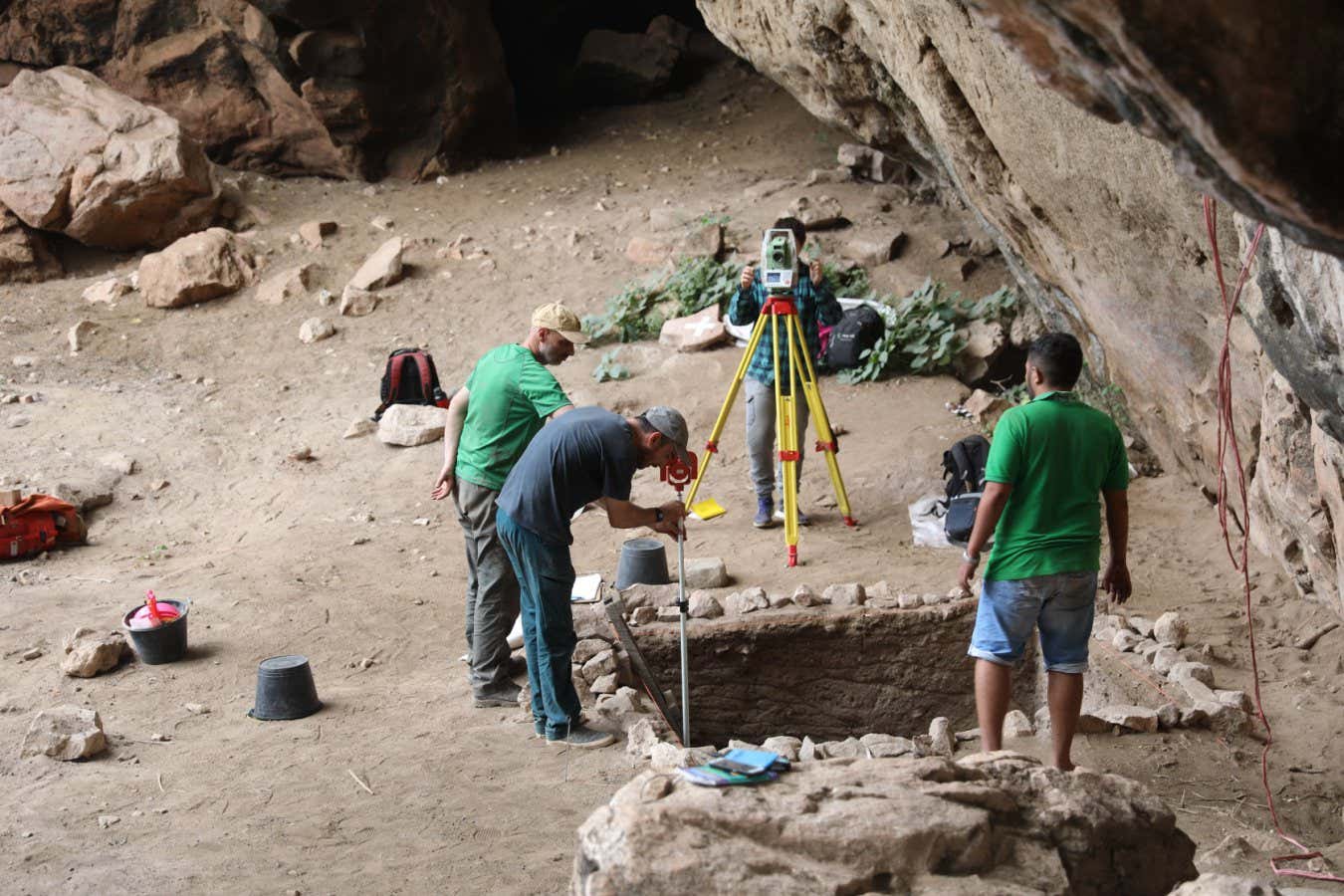An excavation on Timor reveals humans first settled on the island 44,000 years ago, long after the earliest occupation of Australia – suggesting migration to the latter took another route
By James Woodford
22 May 2024
An excavation at Laili cave in East Timor in 2019
Mike Morley
A cave on the island of Timor has given archaeologists a vital clue to the route taken by ancient humans when they first made their way to the Australian continent.
It is known from archaeological evidence in Australia’s Northern Territory that people were there at least 65,000 years ago. At this time, when sea levels were lower, Australia and New Guinea were part of a larger landmass known as Sahul.
Read more
The other humans: The emerging story of the mysterious Denisovans
Advertisement
Researchers believe there are two likely routes people could have taken from South-East Asia to Sahul. One is a southern route via Timor. Alternatively, Homo sapiens could have travelled via Sulawesi, an island to the north of Timor.
Now, Sue O’Connor at the Australian National University in Canberra and her colleagues believe they have found evidence ruling out the possibility that the first arrivals came through Timor.
In other locations on Timor, the oldest evidence of human occupation was less than 50,000 years old. Archaeologists were unable to look for older artefacts as, at all the other sites they studied, they hit bedrock rather than sediment layers that could potentially contain evidence of an earlier presence, says O’Connor.
